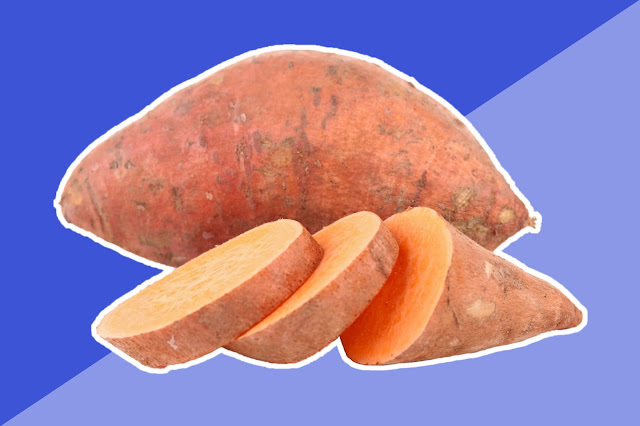
Running is an easy way to be active, as all it really takes is a pair of shoes, and you’re ready to go. For this reason, many people desiring to lose weight often try running as a way to accelerate the process.
As a sports dietitian, I often work with beginner runners looking to improve their fitness and hopefully lose weight. I often hear a story from this crowd that makes many of them question whether they should be running at all. As they run more miles or more frequently, their overall appetite increases. This can create a sense of panic as new runners try to manage their hunger and keep on track with their weight-loss goals. Perhaps you’ve experienced this interesting phenomenon and also wondered what the heck was going on.
Well, there’s actually a lot going on in our bodies, and knowing how to handle our hunger requires us to understand it first.
Appetite and hunger are regulated by hormones. One main hormone, ghrelin, stimulates appetite and food intake. Others like PYY initiate satiety and tell your brain that you should stop eating. These hormones fluctuate throughout the day to stimulate and halt hunger based on levels of glucose in the bloodstream, the amount of food (or lack thereof) in the stomach and altered physiological states like stress. Exercise also impacts appetite hormones. It is well-known that ghrelin is suppressed during and immediately following exercise. This explains why you rarely feel hungry while running or right after.
Why Running Makes You Hungry
This article is about an increase in appetite, so clearly the story doesn’t end there. A lot of research has focused on just this issue and explored what causes appetite to change in relation to exercise. Here are two of the key reasons why your appetite may be more intense after a run:
 Exercise Adaptation
Exercise Adaptation
When you first begin a new exercise routine, it’s going to be challenging for your body and require more effort to perform. Running is no different, and, therefore, beginner runners burn more calories as the body adapts and becomes more fit. Research has found that appetite and food intake may increase after moderate to intense exercise to make up for this large expenditure of energy. Running in and of itself may be causing the increase in your appetite.
Cutting Calories
Reducing calorie intake has also been connected with a compensatory increase in appetite related to changes in hormones. It’s almost like your body knows you are eating less and tries to tell you to eat more. One study found that a higher appetite was reported 4–8 hours after exercising in a fasted state than when exercising after a meal. Since many people run first thing in the morning on an empty stomach or cut extra calories to try to lose more weight, they may be experiencing an increased appetite because their body desires — and truly may need — more energy.
 Tips to Manage Post-Run Hunger
Tips to Manage Post-Run Hunger
While these findings could be discouraging, don’t worry! With a few tweaks to your eating plan, you can help ensure that post-running hunger does not hinder your weight-loss goals. Troubleshoot your hunger with these tips:
Don’t restrict calories too much when starting a running program. Not only is it potentially not a sustainable plan, but it could be causing an increase in your appetite that is difficult to manage. Make sure you are:
Getting adequate calories throughout the day.
Running with a little fuel in your system by eating a snack 15 minutes–2 hours prior or a meal 2–3 hours prior.
Refueling after your longer runs (about 45 minutes or more) if it’s going to be more than 2 hours before your next meal or snack. (Try my favorite Chocolate Tart Cherry Recovery Smoothie.)
Eat every 3–4 hours during the day to keep energy levels up. When you go longer than 4 hours without eating, glucose levels in the blood can drop significantly and trigger your appetite hormones. Your brain will signal you to crave foods high in energy and fat to fix this problem, which makes it really difficult to say no to sweets and treats.
Incorporate high-fiber foods into your meals and snacks. Fiber can slow the emptying of food from the stomach, which means you will feel fuller (or more satisfied) longer. Choose a serving of raw veggies, fruit, whole grains, legumes or nuts at each meal or snack to provide a boost of fiber.
Stay hydrated. As the warm summer months approach us, even a short run can deplete water levels in your body. Since thirst can sometimes feel like hunger, staying on top of your hydration can help ward off fake hunger signals.
Get adequate rest. Sleep deprivation is connected to higher levels of ghrelin, choosing larger portion sizes and increased food intake. A good night’s sleep could significantly improve your appetite control.
Up your sports nutrition knowledge. As your passion for running increases, so should your passion for sports nutrition. If you continue to increase your mileage or frequency of runs, nutrition will begin to play a more crucial role in your success. Work with a dietitian to perfect your individualized nutrition strategy to help you reach your running goals. Here are my top nutrition tips for runners.





















